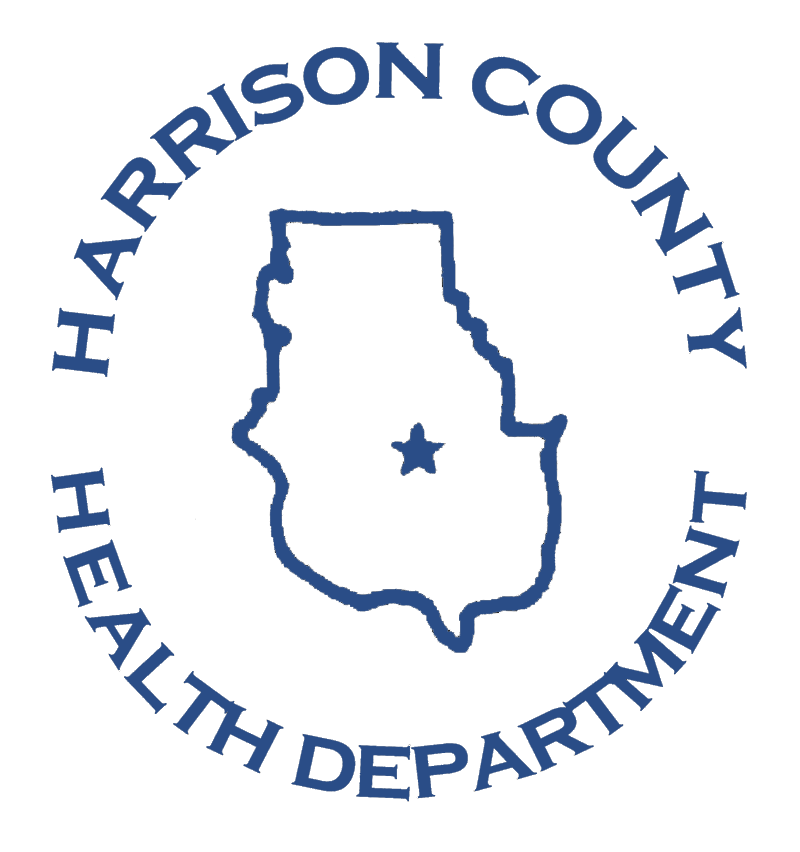For additional information on head lice, please visit the Centers for Disease Control and Prevention (CDC) Web site at http://www.cdc.gov/ncidod/dpd/parasites/lice/default.htm or the Harvard School of Public Health Web site at http://www.hsph.harvard.edu/headlice.html.
Language Translation
